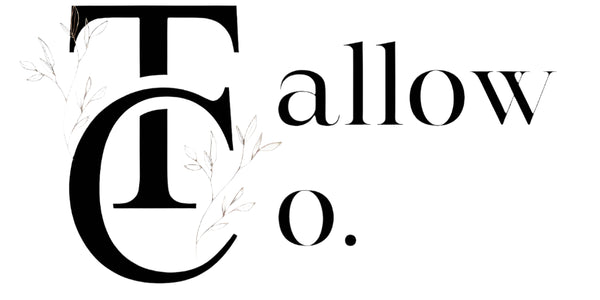
Sunflower Oil in Butter: It’s Taboo!
Share
When it comes to culinary traditions, some combinations are celebrated, while others raise eyebrows. One such eyebrow-raiser is the idea of mixing sunflower oil into butter. It’s not just unconventional—it’s borderline taboo in certain circles. But why? Let’s dive into the reasons this blend might make purists cringe, while also exploring whether there’s any merit to breaking the rules.
The Sacred Status of Butter
Butter holds a near-mythical place in the world of food. From the golden slabs spread on warm toast to the rich foundation of a flaky croissant, butter’s creamy texture and distinct flavor are unrivaled. It’s a natural product, churned from cream, and carries a legacy of simplicity and purity. For many chefs and home cooks, tampering with butter feels like defacing a masterpiece. Adding sunflower oil—a highly processed, neutral-tasting seed oil—into the mix? That’s where the taboo begins.
Sunflower oil, while versatile and widely used for frying or dressings, doesn’t share butter’s pedigree. It’s extracted through industrial processes, often involving heat and chemicals, and lacks the soulful depth of butter’s flavor. To traditionalists, combining the two is like pairing a fine wine with a soda chaser—an affront to the senses.
Why It’s Done Anyway
Despite the raised eyebrows, some might argue there’s a practical case for blending sunflower oil into butter. The most common reason is to create a spreadable hybrid. Or is it simply a quick way to cut costs. Pure butter, when refrigerated, hardens into a brick that tears through bread like a plow through soft soil. Sunflower oil, being liquid at room temperature, can soften butter’s texture, making it easier to spread straight from the fridge. This is the logic behind many commercial “spreadable butter” products you’ll find in supermarkets, which often sneak in vegetable oils like sunflower to cut costs and improve usability.
Another angle is heat tolerance. Butter burns at a relatively low temperature (around 177°C), thanks to its milk solids. Sunflower oil, with a higher smoke point (around 227°C), could theoretically stabilize butter for cooking at higher heats. In a pinch, this hybrid might save a dish from scorching—though clarified butter or ghee would argue they’ve already solved that problem without involving seed oils.
The Flavor Fiasco
Here’s where the taboo really takes root: taste. Butter’s rich, nutty, and slightly sweet profile is a cornerstone of countless recipes. Sunflower oil, on the other hand, is a blank slate—neutral at best, faintly metallic or stale at worst if it’s not fresh. Mixing the two dilutes butter’s magic, leaving you with something that’s neither here nor there. It’s not bold enough to be butter, nor light enough to be oil. For food lovers who prize authenticity, this compromise feels like a betrayal of both ingredients.
Health Hype and Haters
Then there’s the health debate. Sunflower oil often gets flak for its high omega-6 fatty acid content, which some claim promotes inflammation when overconsumed in modern diets. Butter, while high in saturated fat, has a more balanced fatty acid profile and a growing fanbase among those who embrace full-fat dairy over processed oils. Blending them might seem like a way to hedge your bets, but critics argue it just muddies the waters—giving you the downsides of both without fully committing to either.
Cultural Clash
Beyond science and flavor, there’s a cultural angle. In places like France, where butter reigns supreme, the idea of adulterating it with sunflower oil might be met with a Gallic shrug—or outright disdain. Meanwhile, in more pragmatic kitchens, especially where cost and convenience trump tradition, this mix might not seem so scandalous. The taboo, then, is partly a matter of perspective: a line drawn by those who see food as art versus those who see it as fuel.
Breaking the Rules
So, should you mix sunflower oil into butter? If you’re after practicality—say, a quick spread or a budget-friendly cooking fat—it’s not the worst idea. But if you’re chasing flavor, tradition, or culinary purity, it’s a hard pass. The taboo exists for a reason: butter deserves to shine on its own, untainted by the neutral, industrial shadow of sunflower oil.
Next time you’re tempted to blend the two, ask yourself: is this a clever hack, or a culinary crime? The answer might depend on whether you’re a rebel—or a romantic—at heart.
